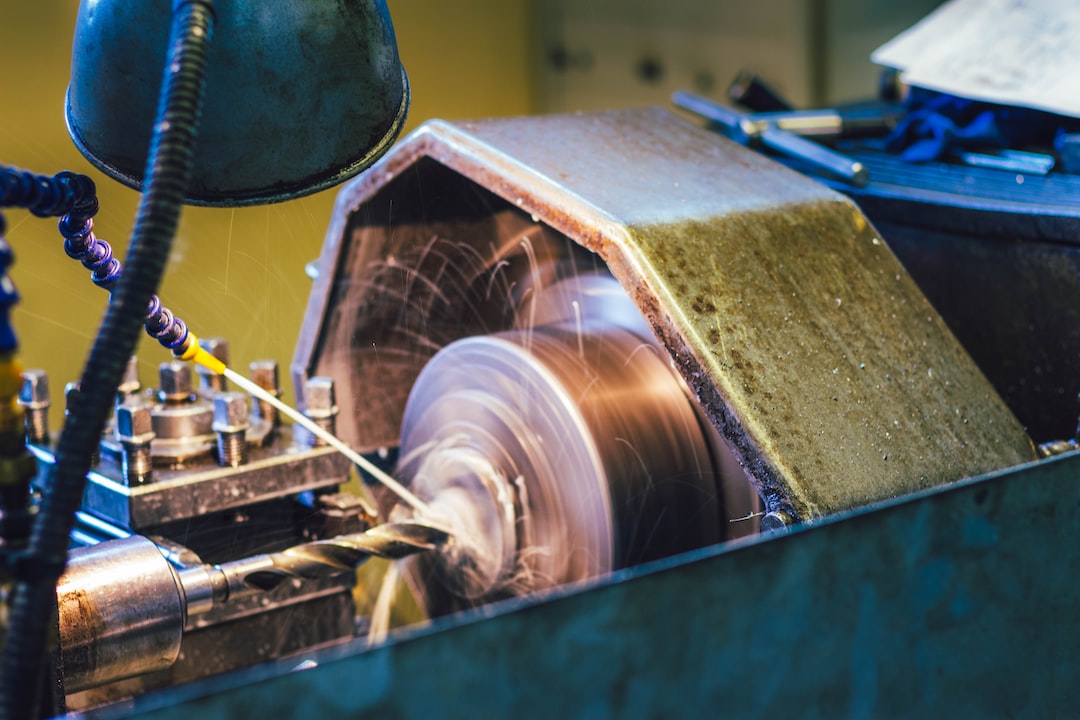Additive manufacturing, otherwise known as 3D printing, is a rapidly growing technology that enables businesses to produce customized products with complex designs quickly and cost-effectively. If you’re considering integrating additive manufacturing into your production process, there are a few key factors to consider.
1. Identify which products are suitable for additive manufacturing
One of the first steps in integrating additive manufacturing into your production process is to identify which products are suitable for this technology. Additive manufacturing is best suited for products with complex designs, intricate geometries, and low production volumes. Therefore, it’s important to identify which products can benefit from the technology and which cannot.
2. Understand the capabilities and limitations of additive manufacturing
Before integrating additive manufacturing into your production process, it’s important to understand its capabilities and limitations. Additive manufacturing can produce complex geometries and intricate designs, but it has limitations in terms of material selection, production volume, and surface finish. Understanding these limitations will help you determine which products are best suited for additive manufacturing.
3. Choose the right additive manufacturing process
There are various additive manufacturing processes available, each with its own advantages and limitations. For example, Fused Deposition Modeling (FDM) is best suited for producing large parts quickly with low-cost materials, while Stereolithography (SLA) is ideal for producing high-precision parts with a smooth surface finish. Choosing the right process for your production needs is key to successfully integrating additive manufacturing into your production process.
4. Invest in the right equipment and software
Integrating additive manufacturing into your production process will require investment in equipment and software. You will need to purchase a 3D printer, as well as any necessary peripherals, such as scanners, post-processing equipment, and material handling equipment. Additionally, you will need software to design, prepare, and optimize models for production.
5. Train your team
Implementing additive manufacturing will require training your team on how to operate the equipment, how to prepare models for production and how to post-process the parts. Investing in training is essential to ensure that your team understands how to leverage additive manufacturing effectively and how to optimize your production processes for maximum efficiency.
6. Start small and scale up
As with any new technology, it’s important to start small and scale up. Begin by producing 3D printed parts for testing and validation. As you gain experience and confidence, you can start integrating more parts into your production process, eventually scaling up to larger production volumes.
In conclusion, integrating additive manufacturing into your production process can provide numerous benefits, including reduced lead times, increased flexibility, and cost savings. However, it’s important to carefully consider which products are suitable for additive manufacturing, understand the capabilities and limitations of the technology, choose the right process and equipment, train your team, and start small and scale up. By following these guidelines, you can successfully integrate additive manufacturing into your production process and reap the benefits of this disruptive technology.
